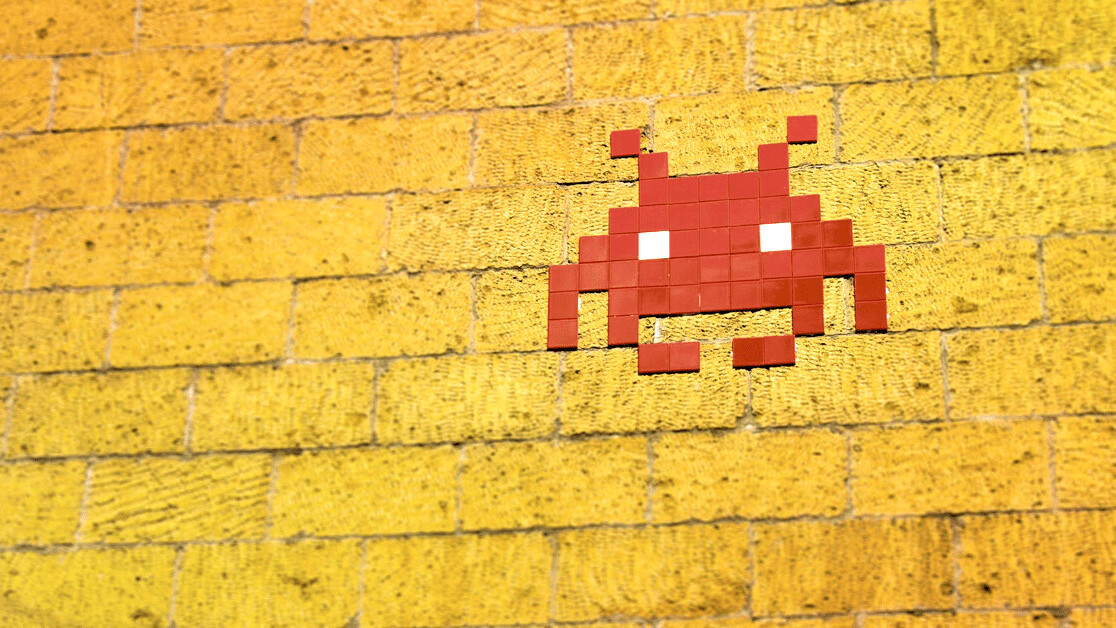
My career has taken a long and winding road — from part of Shutterstock’s early executive team, to a Senior Director serving under Secretary of State John Kerry, to moving back into the startup world while managing a remote team across eight different time zones. Suffice it to say, I have been through more meetings than I can count.
The one common thread through almost every meeting across the private and public sector — both physical and remote — is the awkwardness at the beginning of meetings while waiting for all participants to show up.
Are we all here?
We’ve all been through it. “She accepted the calendar invite, right?” “Let me ping him and see what’s going on.” Humans are social creatures, but a lot of us start to squirm when forced into prolonged periods of small talk or awkward silence.
Now add constant interruption by new meeting arrivals, each one bringing a host of new social considerations into the room. This is magnified in video conferences where limited body language and eye contact make it even harder to read cues.
[Read: You should call in sick more often — even if you’re WFH]
Many people solve this by being on mute and keeping their cameras off until the meeting is ready to start. Others make a point of arriving late or ‘just in time’ in order to avoid this awkwardness, which, of course, only extends the awkwardness for others.
I might sound like I’m overthinking this, but there’s solid science behind this.
Kicking things off with collaboration
Research suggests that it only takes four seconds of silence before people are noticeably uncomfortable, and video conferencing tools tend to accentuate silence.
In Tuckman and Jensen’s widely cited paper, both scholars suggest that groups go through five developmental stages: forming, storming, norming, performing, and adjourning.
As the first developmental stage, forming is marked by strained and superficial interaction because there is a lack of organization, objectives, and group identity — all problems we experience at the beginning of a meeting.
To bypass initial silence in meetings, we need to offer collaborative tasks that can ease the group into a unit without putting the onus on awkward conversation.
Rituals or ice breakers are one way to do this, and they work. Harvard Business School professor Michael Norton conducted a study of 221 people who were placed into small groups and given a task.
Some of the groups were instructed to begin the task by getting into a circle and chanting “let’s go!” three times while clapping their hands and stomping their feet. The other groups began the task by silently reading an article.
It will come as no surprise that the ritual groups not only performed the task better, but they liked their teammates more as well.
But if people are waiting for a meeting to begin and not everyone has arrived, ice breakers are rarely an organic or popular option. They take a long time to organize and explain, poorly accommodate the interruption of new participants, and are often met with begrudging participation and eye rolls.
Princeton professor Randall Collins suggests in his 2005 book Interactive Ritual Chains that fully immersive rituals forge stronger bonds than those only based on language like video conference icebreakers. So what do immersive rituals look like?
How games can make for better meetings
Teams should be looking for ways to engage in fun, short, optional, collaborative games ahead of meetings. In fact, a 2018 study shows that agile development teams that played collaborative games during scrum meetings had improved communication, commitment, and creativity.
Imagine walking into an empty conference room before a meeting and finding a giant crossword puzzle sitting in the middle of the table. You start filling in some answers by yourself until someone else walks through the door. Their first question will probably be “What is this?” followed by “Do you need help?”
All of a sudden, no one is feeling awkward, and group collaboration has begun before the meeting even starts. It could be as simple as a word jumble or a deck of cards. Games and puzzles give people a shared objective and a natural way to engage with others through competition and camaraderie at the same time.
Collaborative games are even more powerful in our remote world where virtual participants can join with the click of a button. When it comes to quick online collaborative games, your options are virtually limitless. Here are a few fun online games to consider sharing and trying with colleagues during that time before a meeting starts.
In addition to filling time that would normally go by in awkward silence, playing games can also get the creative juices flowing and activate the mind. It may actually encourage people to show up on time or early!
If you can’t beat ‘em, join ‘em
A recent survey shows that 15% of all American workers are already secretly playing games solo during video meetings.
There’s an argument that those people should not be part of the meeting to begin with if they are that disengaged, which is an entirely different conversation. Steven Rogelberg covers the topic of bloated meetings and the proclivity towards social loafing in his book The Surprising Science of Meetings, which I highly recommend.
However, we all relish creative diversions throughout the day, and if people naturally crave games to pass time, consider starting your meetings by focusing that inclination in a productive way.
Engaging in short, easily-joined collaborative games can help move meeting participants along the group developmental stages — from forming and storming into norming and performing.
I’ve made collaborative games a core feature of my fully remote company’s pre-meeting rituals, and we’ve noticed that our meetings are more focused and collaborative as a result.
Try it. You may be surprised how much games can create positive energy at the start of a meeting. At the very least, you’ll have some fun.
Get the TNW newsletter
Get the most important tech news in your inbox each week.




